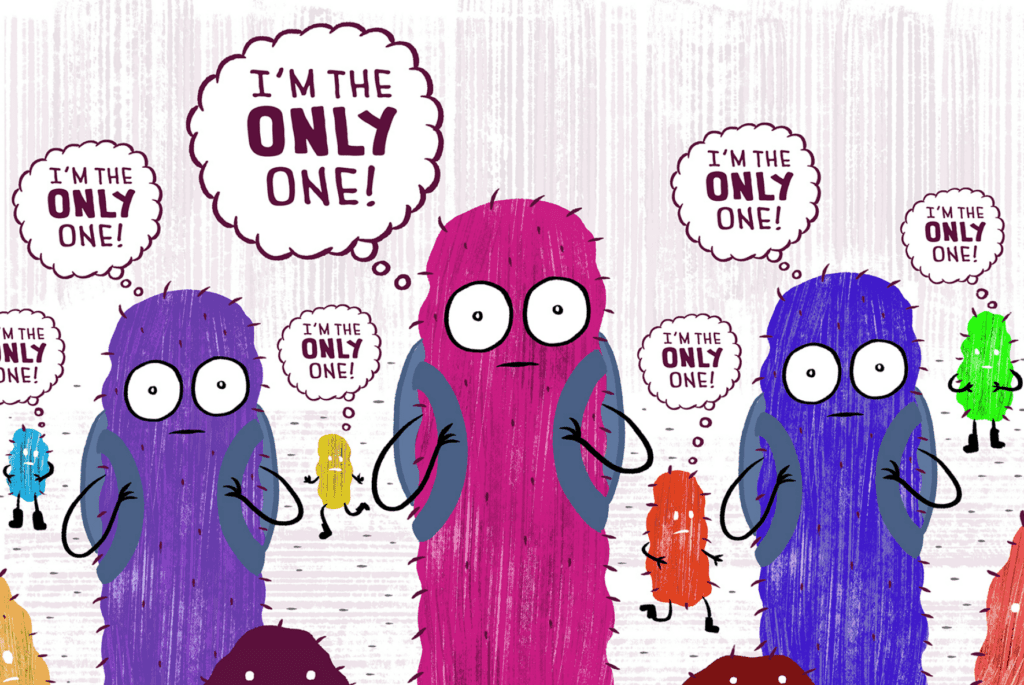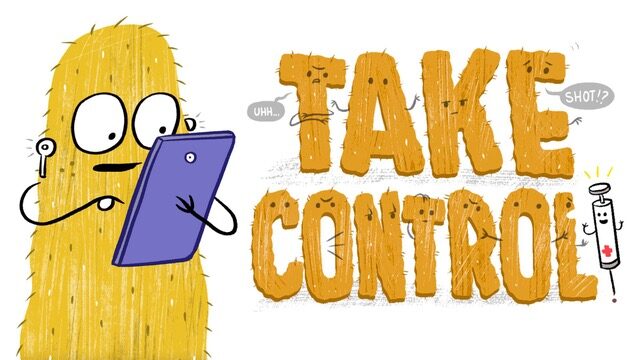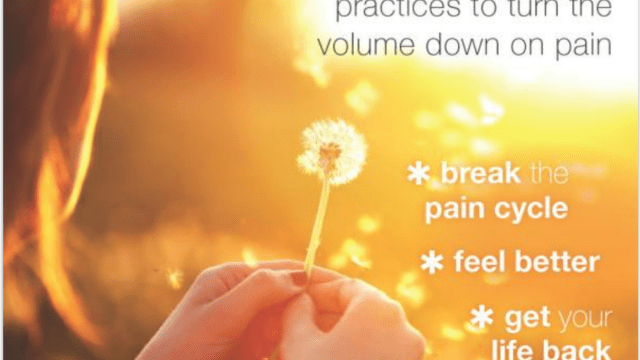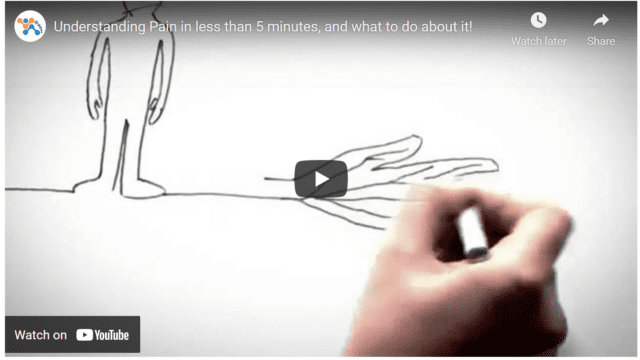No Shame In This Game: Supporting Tweens and Teens Through Needle Anxiety
Being a teenager is all about independence and having more control of their lives. Needle fears can get in the way of them taking control of their healthcare. Here is what teens and their adults can do that really helps.
Jody Thomas, PhD
Tweens & Teens (12+) Needle Pokes Acute Pain Procedural Pain Pain Management
Share this:
Yes, needle fear is a big deal, and nope they aren’t the only one.
At least 50% of adolescents struggle with needle anxiety, most often because of previous bad experiences with medical procedures. This next vaccination could be their chance to flip the script and have an empowering experience learning to conquer that fear…or it could be another chance to reinforce the idea that needles are always terrible and painful. Let’s go for the first option, okay?

Let’s also go for this: no shaming these kids. This is the age group where providers and parents are more likely to have decided that kids are “too old for this” and they need to “stop being such babies” and “suck it up.” Let me tell you as a psychologist who has treated medical trauma for a few decades: PLEASE don’t. These are the types of phrases that haunt people for years to come: the kind that they talk about in therapy sessions, or even worse, don’t talk about ever…and they just avoid medical care and/or suffer silently. They become that adult you know who avoids getting that recommended blood test or getting that weird symptom checked out (with potential life changing consequences). Giving kids those judgmental messages transforms into shame and becomes the barrier to actually finding a solution to what truly is a solvable problem.
Instead, the way to go is to normalize and empathize with their needle fear. Try saying something like ”You should know that lots of kids and adults have this issue…it’s nothing to be ashamed of in any way. One in four ADULTS struggle with needle anxiety, and at least half of the other kids you know do too. It’s not weird you feel this way, but we can’t let it stand in the way of making good health decisions for yourself, so let’s talk about how we can make things better so you can do what you need to do more comfortably and confidently. I want you to feel more in control when you have to go to the doctor.” The have the conversation about what can be done.
Make a game plan
The great news is the simple, effective, research proven solutions DO exist. The first step: encourage them to make a plan. The very act of making a plan is taking action, and action is the enemy of anxiety. You wouldn’t suggest they go into the math final without having prepared themselves, so let’s not make that mistake at the doctor’s office.
To tackle a big challenge, we all need to plan HOW we want to do it. We’ve created some tools that can make it super easy. We worked with teens to develop the Take Control app, which is specifically designed with this age group in mind. It breaks down not only the what and why it works of pain and anxiety management strategies, but importantly the how of actually doing them. Once they made their plan, they can email it to themselves along with the resources to make it happen. You can encourage them to explore all the resources specific to their age on the Meg Foundation website.

Try the Take Control Mobile App Now!
Other helpful tools include our #HackTheVax Plan Builder for adults, and the SuperMeg Comfort Coping Plan Builder for younger ones.
Figure out what strategies work best for them
There is no one singular approach that is best, so it is good to know there are many strategies that can used on their own, or in combination. It is key to have people chose for themselves the best approach for them. The Take Control app and the downloadable poke plan for teens outline the choices. Things like numbing cream, vibration, and breathing techniques are phenomenal.

Try our printable poke plan!
Distraction is often underestimated but incredibly powerful and nearly always readily available. I’m sure you’ve noticed how good they are at tuning out the rest of the world when they stare at their phones. Well, let’s harness that (often annoying) superpower! Now is a fantastic time to let them keep their anxiety at bay and tune out pain signals by watching funny cat videos or scrolling social media. What is more powerful when they do it on purpose and realize it’s a powerful way for them to feel more calm and change the way their body responds to pain.
Speak Up!
One more thing: if you’re the parent and caregiver, be ready to use your voice, and encourage your child to use their own. Despite all the research and best practice guidelines, many providers were not trained in all pain management strategies. You might get some push back (even though all the strategies are in line with the best practice guidelines of nearly every pediatric organization in the world). Be kind, respectful, and collaborative, but also be ready to stand up for them, and encourage them standing up for themselves. Knowing you have their back does a lot to lower anxiety. Good luck!
Bonus: Learn more about the HOW of it all
Want to learn more about how and why these strategies work to get more buy-in? Check out this short but great video from Stanford Children’s Health that teaches kids (and adults) how they can Be The Boss of Their Brain and take control of their experience. You can also check out this video we put together to provide some more explanation!
Still have any questions? Reach out and ask us! We are here to help!
You May Also Be Interested In

Digital Tool
Take Control Mobile App for Teens
We want teenagers to feel powerful and in control when it comes to their bodies and their health care! This tech tool (which works best on phones) helps them learn the strategies and create a plan to feel more comfortable at their vaccine, blood test, or other medical procedure.

Downloads
Printable Take Control Poke Plan for Teens
We all do better with a plan! Use this to help teens create one of their very own before their next poke.

Blog Post
How to Make Shots Hurt Less for Kids and Overcome Needle Phobia
Get ready for Needle Poke Game Day with these expert, research-backed strategies for getting your kiddo through a needle poke with more comfort and less pain– Yes, really! These strategies help shots hurt less!

Blog Post
Meet SuperMeg, Our New Interactive Chatbot That Helps Kids Manage the Anxiety and Pain of Needle Pokes!
The SuperMeg chatbot was developed by top experts in pediatric pain management, driven by research and supported by best practice guidelines of nearly every pediatric medical organization in the world…and kids love her!

About the Author
Dr. Jody Thomas is a licensed clinical psychologist, and specialist in pediatric medical illness and trauma. A well-known expert in pediatric pain who teaches internationally on the subject, she is also a founder and the former Clinical Director of the Packard Pediatric Pain Rehabilitation Center at Stanford, and a former Assistant Professor at the Stanford University School of Medicine. Though she now lives in Denver, CO, she still serves as Adjunct Faculty for Stanford, providing supervision and teaching. As a consultant for the Lucile Packard Children’s Hospital at Stanford, she directs projects on the integration and innovation of pain management using tech-based intervention. Her passion for bringing together the power of medical science, technology and design to transform the way we think about kids and pain led her to her current focus but it’s her role as a mom of two that solidified her path in creating the Meg Foundation.

